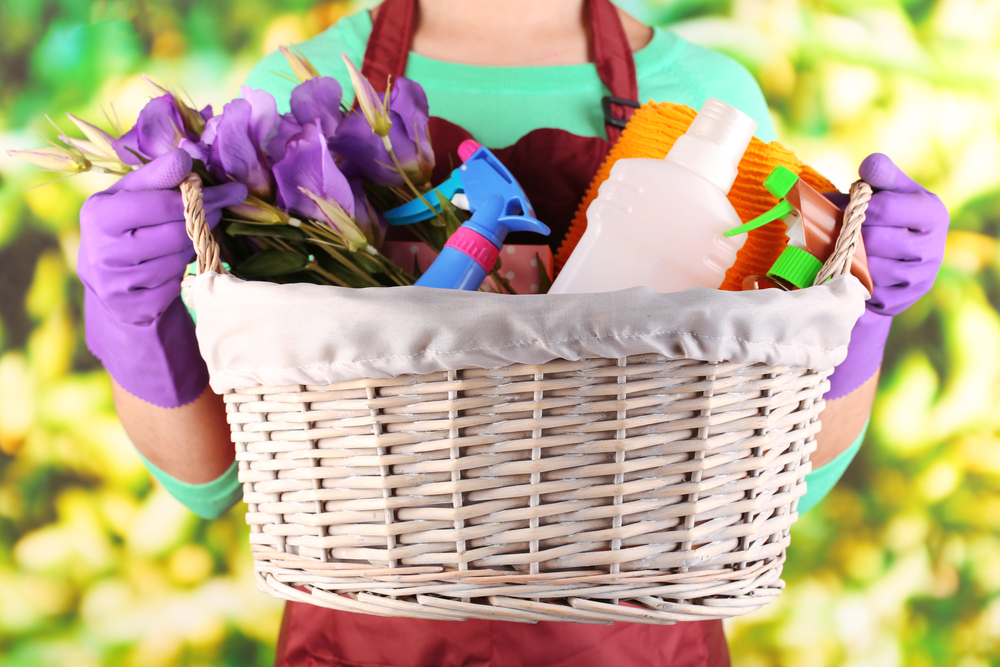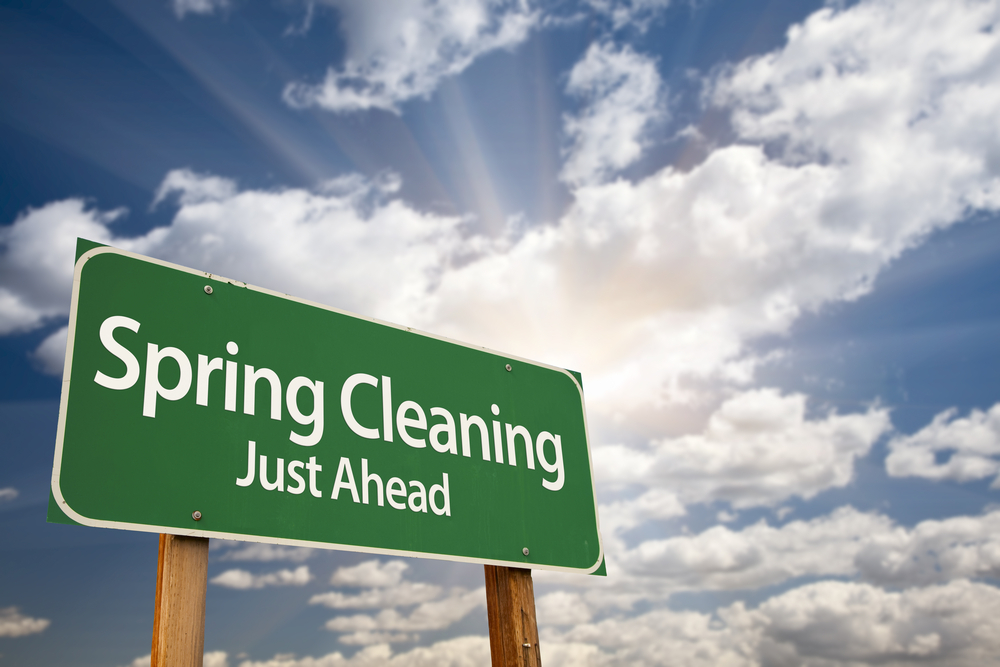
Earlier this month, we talked about getting started with your spring cleaning by decluttering your home with a solid reduce-reuse-donate-recycle plan. Now here are some eco-friendly tips for scrubbing away the winter dust and grime:
- Make your own household cleaning supplies: Buying eco-friendly cleaning supplies is a good start, but for a truly green clean, make your own cleaners. You’ll bypass the resources that go into production, shipping, and purchasing–from making that plastic spray bottle to getting the product to your local supermarket–and you’ll save a ton of money. Most of your home can be cleaned with recipes that are a combination of hot water, vinegar, and baking soda or washing soda; add a few drops of essential oil for scent if you prefer. Since you’re only making what you need as you need it, you’re cutting back on waste, and you won’t have any worries about what kind of toxins you may be spraying around your kids and pets.
- Aim for a no-waste clean: No matter how green your sprays and scrubs may be, if you use an entire roll of paper towels to scrub your bathroom–well, that is not exactly eco-friendly cleaning. And when you’re looking at a project as big as this one, you’ll want to leave little to no waste in your wake. Trade paper towels for reusable microfiber cloths or sponges, and ditch the Swiffer sweeper for a broom (preferably one you already have, of course) or the disposable mop for a reusable one.
- Choose natural cleaning for big projects: Sure, you vacuum, dust, and wipe the counters on a daily or weekly basis, but spring is the perfect time to focus on the spaces you generally gloss over–by vacuuming out the refrigerator coils to make the appliance more efficient, deep-cleaning your carpet, and washing your drapes. For the carpet, mix borax and essential oil together, sprinkle over the rug, let it sit, and then vacuum; for curtains and drapes that are machine washable, use an eco-friendly detergent. If they’re not up to going in the washer, find an eco-friendly dry cleaner in your area and drop them off there.
- Go paperless: This is a great way to green your home office every day, but your annual spring cleaning is a perfect reminder to make sure you aren’t overwhelmed by junk mail. Using a service like GreenDimes or 41 pounds, stem the tide of incoming junk mail; then set up your bank account for online billing and payments to cut back on waste. You’ll have fewer papers to file and keep track of, plus fewer forests will be decimated just for another J. Crew catalog. And as your magazine subscriptions expire, see if you can read online instead to keep your living space even more clutter-free.
- Plan ahead: If you keep these tips in mind all year, then your next spring cleaning will be that much easier. Don’t let stuff accumulate in your home; don’t buy things you don’t need; and don’t be shy about returning gifts you won’t ever use. Take advantage of the seasons to edit your collections and donate or sell goods–you might get more at a consignment shop for a winter coat in the fall then in the spring, and your yard sale of extra housewares may do better in late summer if you can catch the back-to-college crowd.
Thinking green throughout all areas of your life–from your office to your wardrobe to your home electronics–will put you ahead of the game come next spring.
